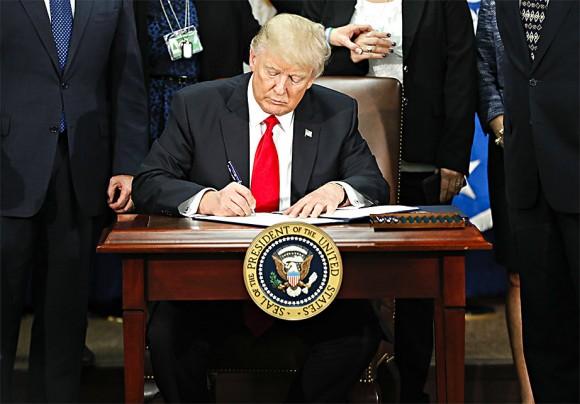NEW YORK—President Donald Trump inherited an immigration system in disarray. The five previous administrations had been so lax on enforcement that generations of people who live here are technically illegal, yet many are as American as apple pie.
Immigration courts are so overwhelmed that thousands of hopeful immigrants are being allowed into the country and given a final court decision as far into the future as five years to determine if they can stay. So for five years, they build a life here.
Over the last 40 years, bills and acts and reforms have been stitched together to alleviate certain issues, but often remain words on paper, and sometimes cause secondary problems.
Trump’s recent executive actions on immigration are jarring for millions of Americans who are used to the United States having more porous borders.
But the executive orders include many of the actions Trump campaigned on and a large part of the reason he appealed to so many voters—enforcing existing immigration law, building a wall along the southern border, and stemming terrorism.






